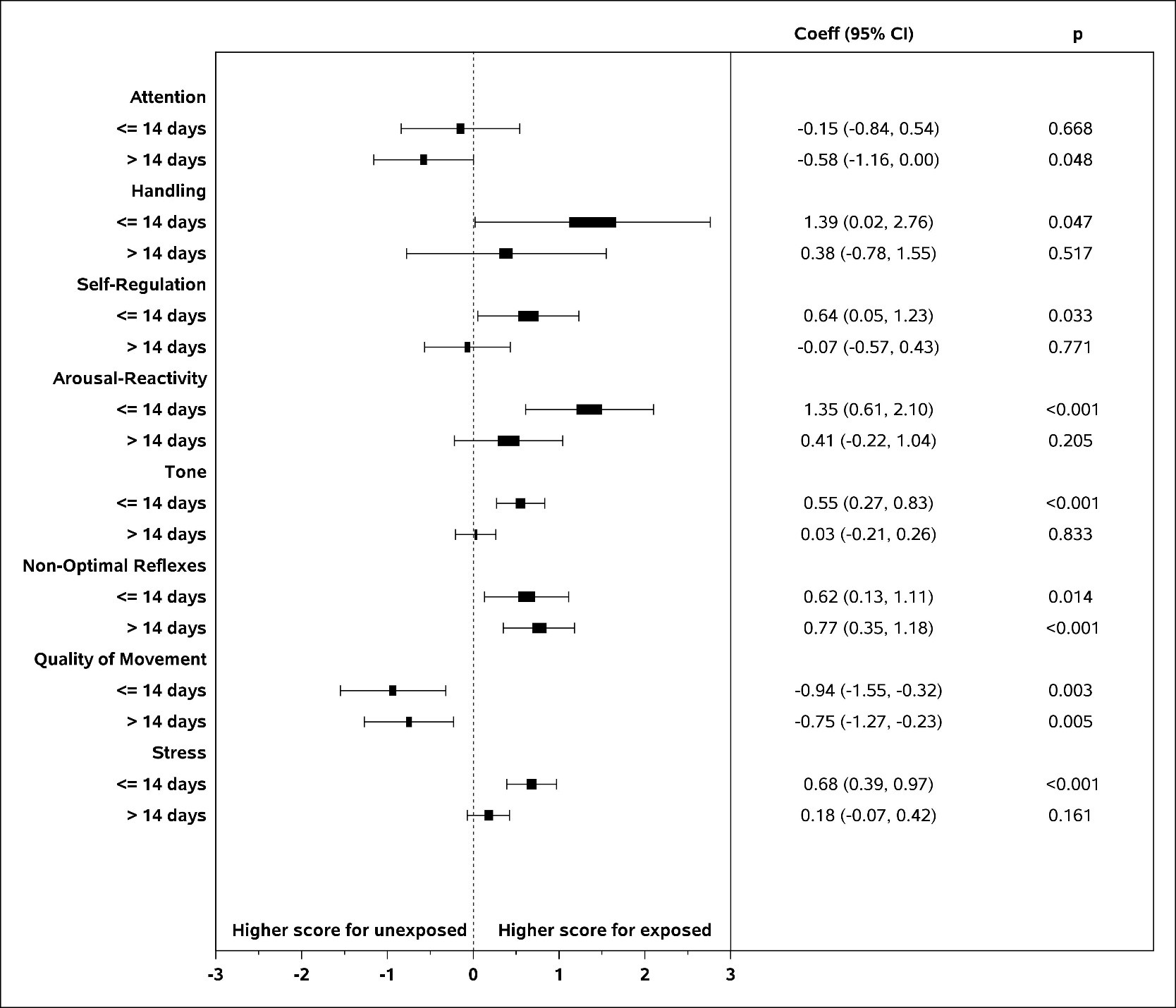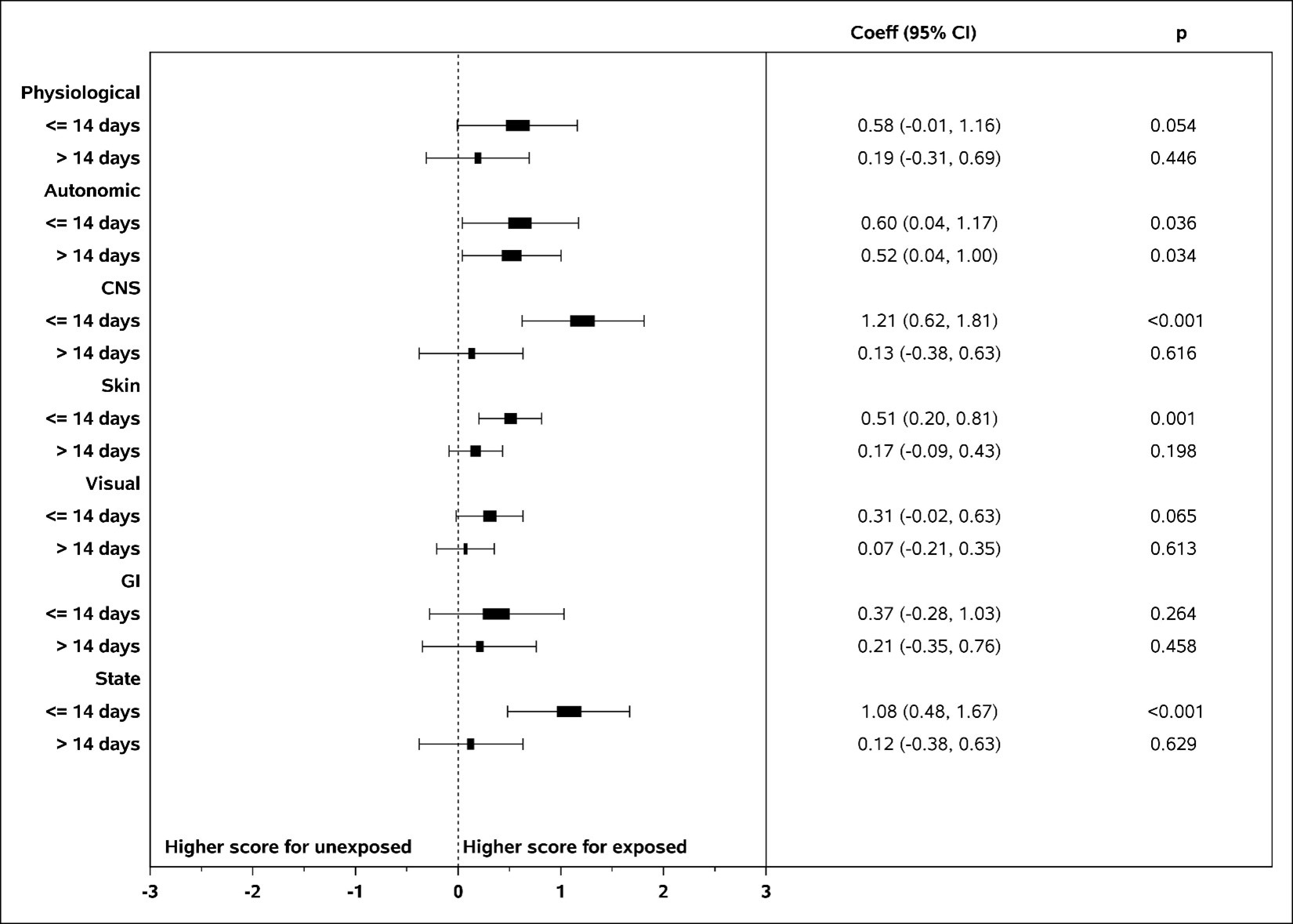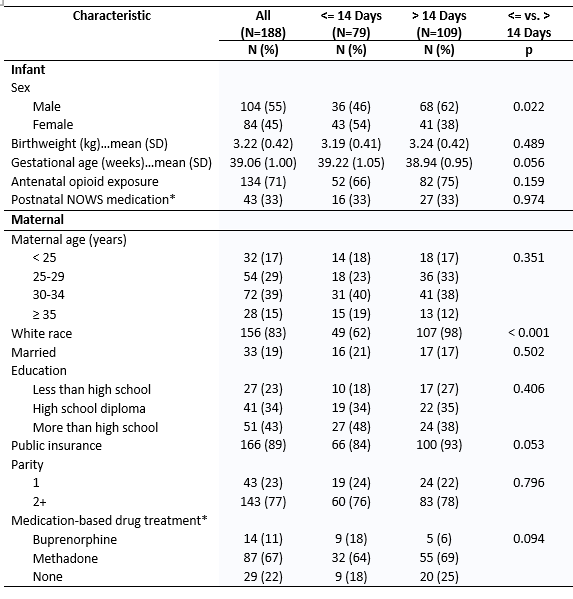Neonatal Neurology: Clinical Research
Neonatal Neurology 1: Clinical 1
153 - Timing of the NeoNatal Neurobehavioral Scale, 2nd edition (NNNS-II) in Infants with Antenatal Opioid Exposure and Controls
Publication Number: 153.135

Stephanie L. Merhar, MD, MS (she/her/hers)
Associate Professor of Pediatrics
Cincinnati Children's Hospital Medical Center
Cincinnati, Ohio, United States
Presenting Author(s)
Background: Infants with antenatal opioid exposure have neurobehavioral differences in the first month of life compared to unexposed infants. Those requiring postnatal opioid treatment exhibit more significant abnormalities in tone, state, and behavior. There is little information about how these differences change over time. The NNNS-II is a valid and reliable assessment of neurobehavioral organization, reflexes, motor development, tone, and signs of stress and withdrawal in infants.
Objective:
Evaluate differences in NNNS-II in exposed and unexposed infants and variability in neurobehavior by timing of assessment.
Design/Methods: The NICHD-funded Outcomes of Babies with Opioid Exposure (OBOE) study is a multicenter observational trial of brain development in infants ≥37 weeks gestation with antenatal opioid exposure and unexposed controls. Exposure status was confirmed by umbilical cord analysis. A certified examiner administered the NNNS-II as part of the initial study visit prior to 6 weeks of age. We fit linear mixed effect models to compare NNNS-II scores by exposure status, controlling for demographic variables, postnatal opioid treatment, and site, and stratifying infants who had the NNNS-II at <14 days of age or >14 days of age, when signs of withdrawal have typically diminished.
Results:
The study sample included 188 infants from 4 sites with completed NNNS-II, 134 exposed and 54 unexposed. 109 infants (58%) had the NNNS-II after 14 days of age. Demographic variables are shown in Table 1. After controlling for age, site, infant sex, gestational age at birth, race, and public insurance, scores for exposed infants were significantly different than scores for unexposed infants on almost all subscales at <14 days of age (Figures 1 and 2). After 14 days of age, the scores for exposed infants normalized in all subscales except for autonomic stress, non-optimal reflexes, and quality of movement. Attention scores were not different between the groups at <14 days but became different >14 days.
Conclusion(s): In infants exposed to antenatal opioids, many neurobehavioral scores normalize after 14 days of age. However, attention, reflexes, movement quality, and autonomic stress responses remain impaired in exposed infants. These persistent neonatal neurobehavioral differences may serve as an early marker for the later attentional and behavioral problems described in exposed children. 


